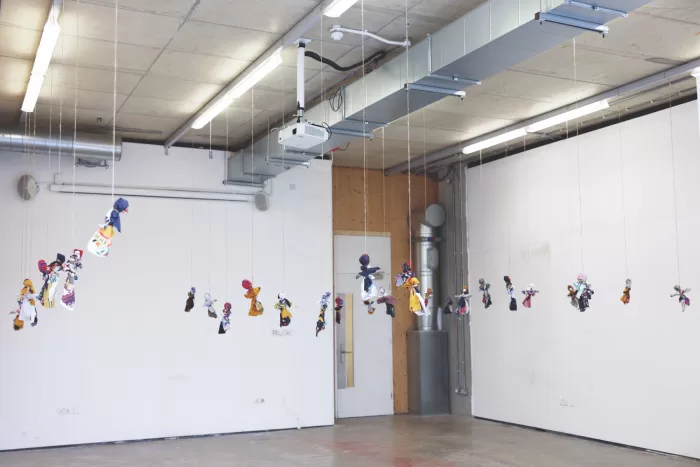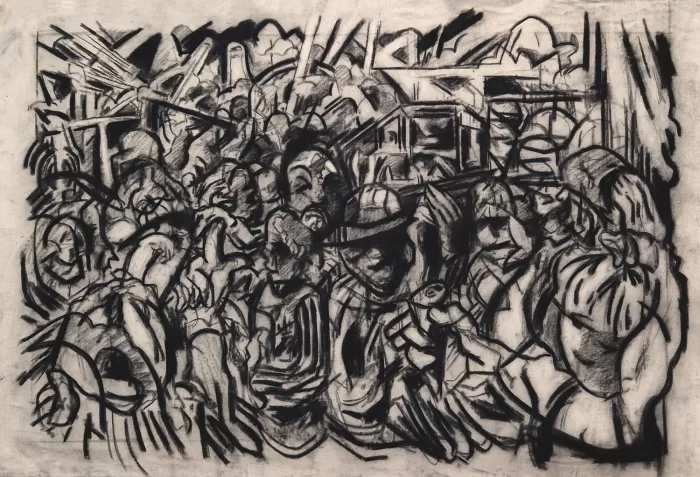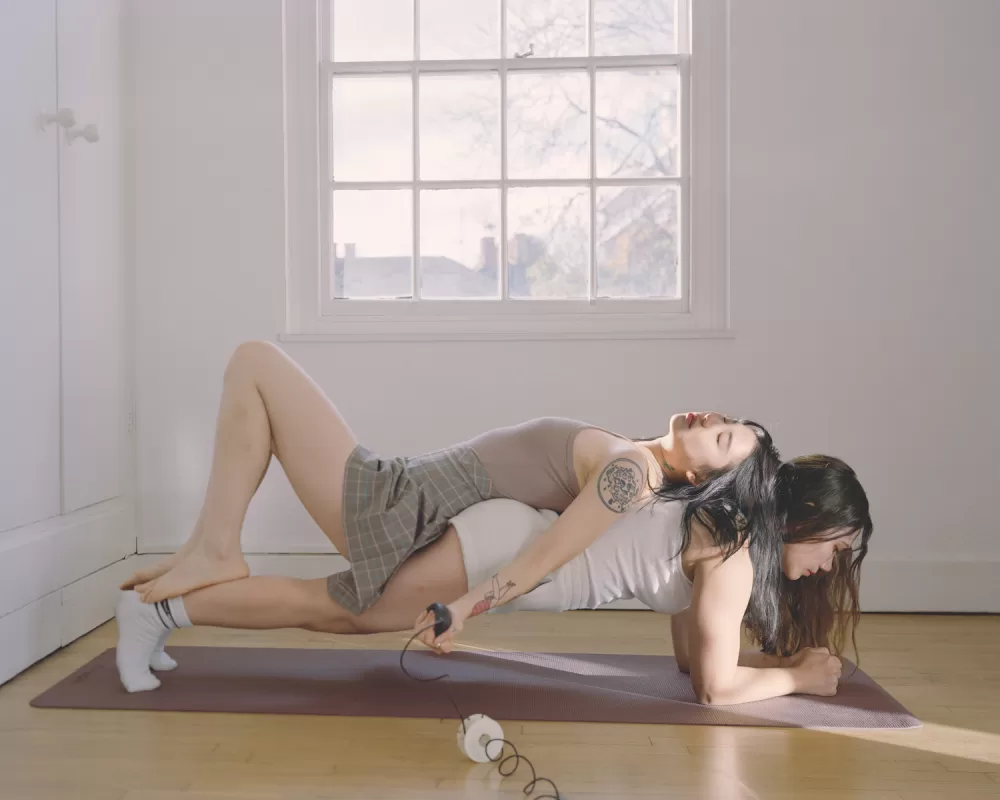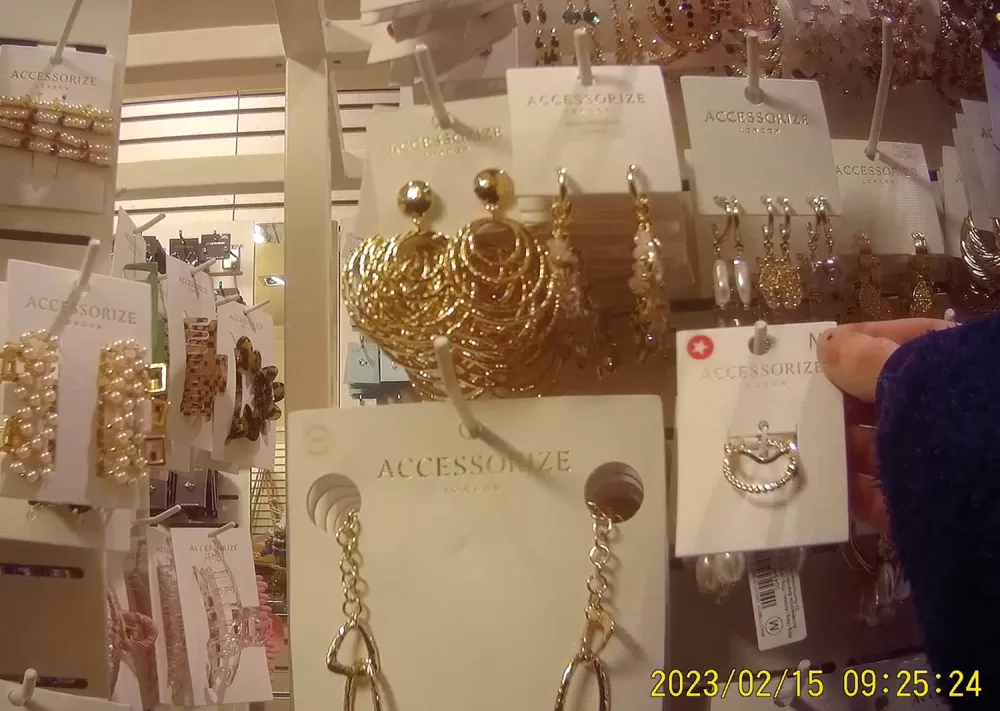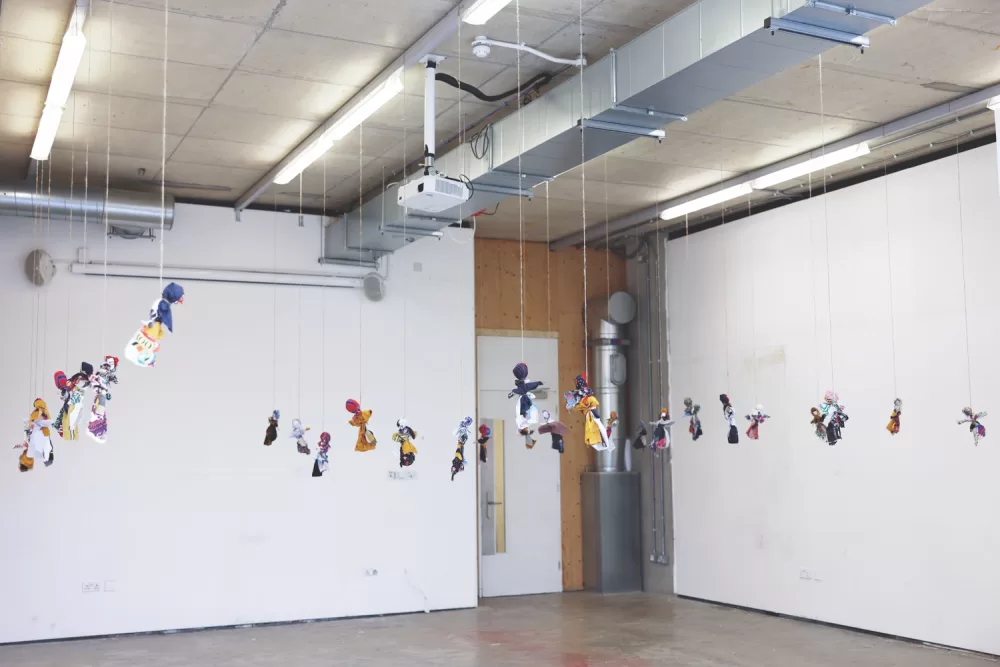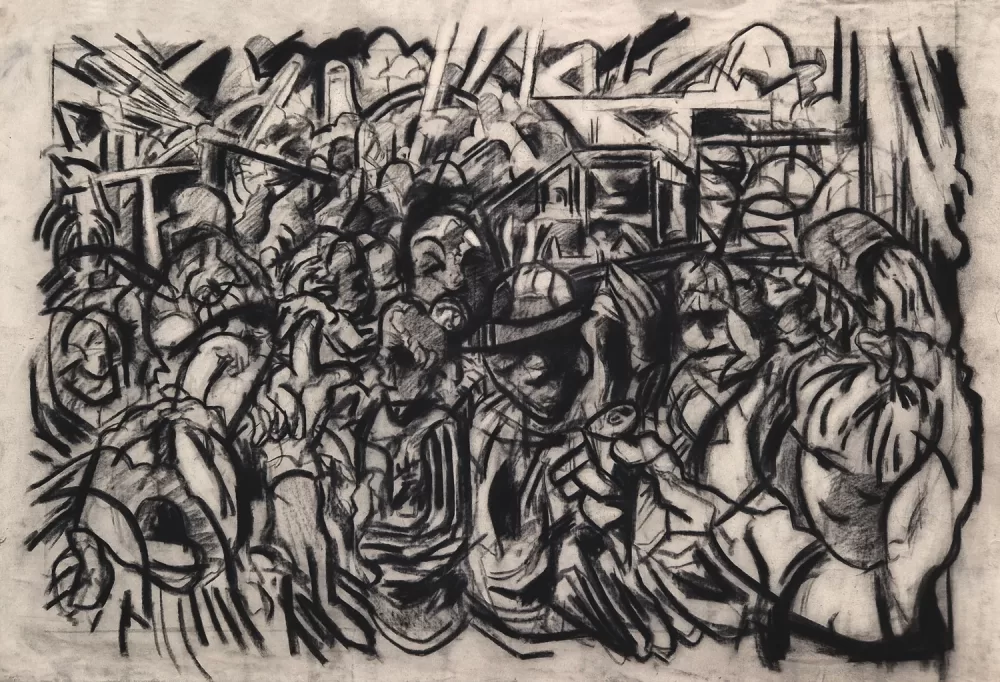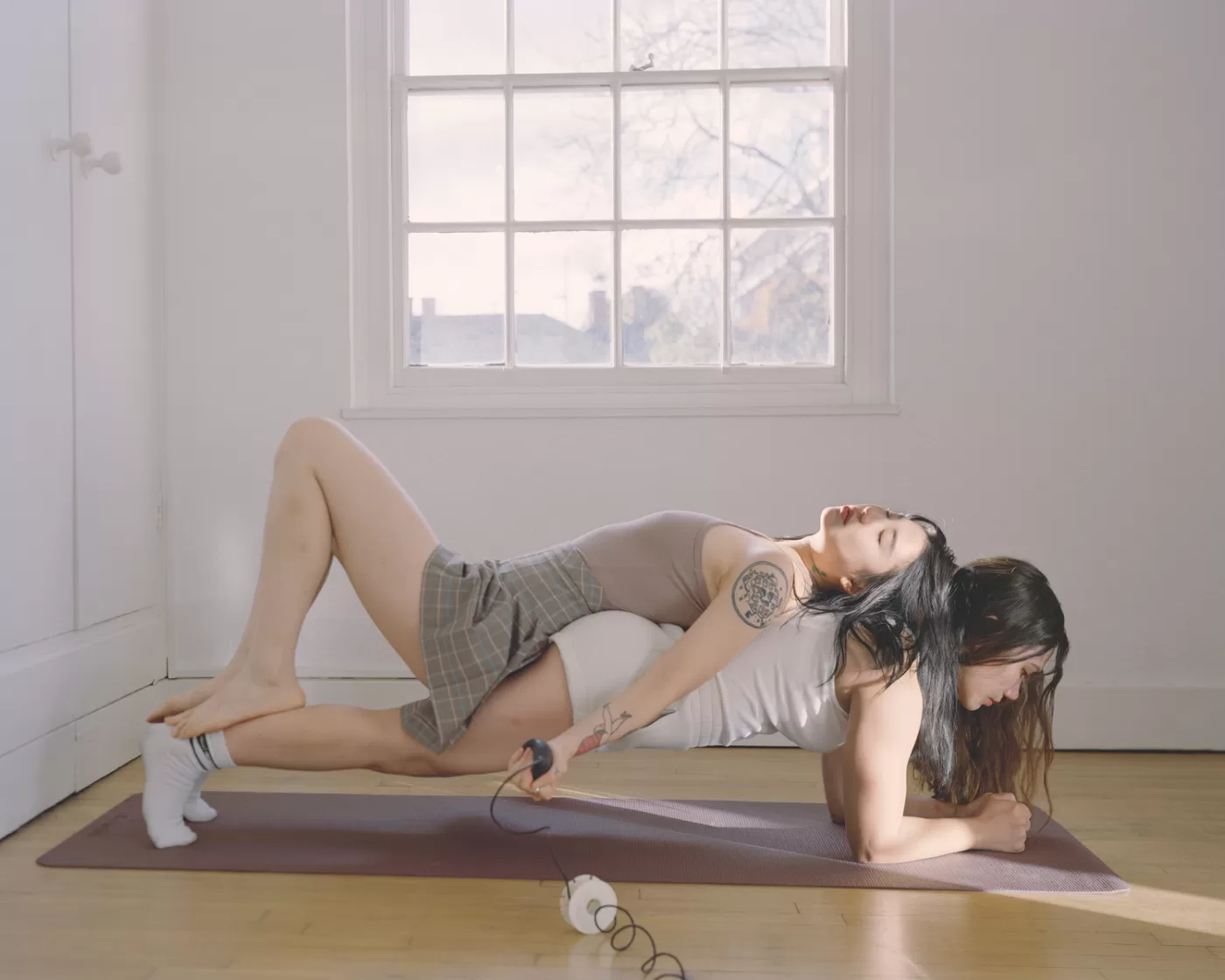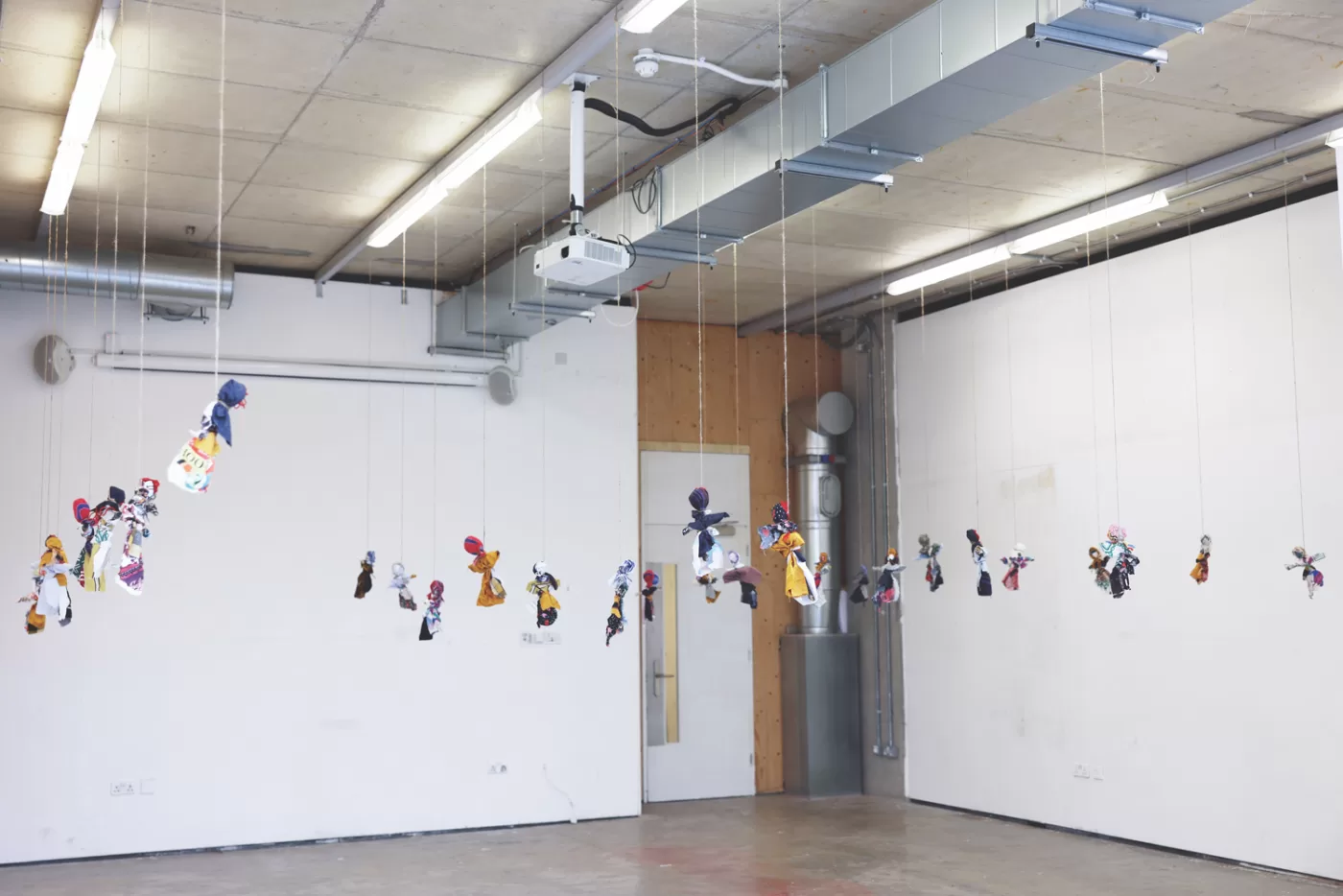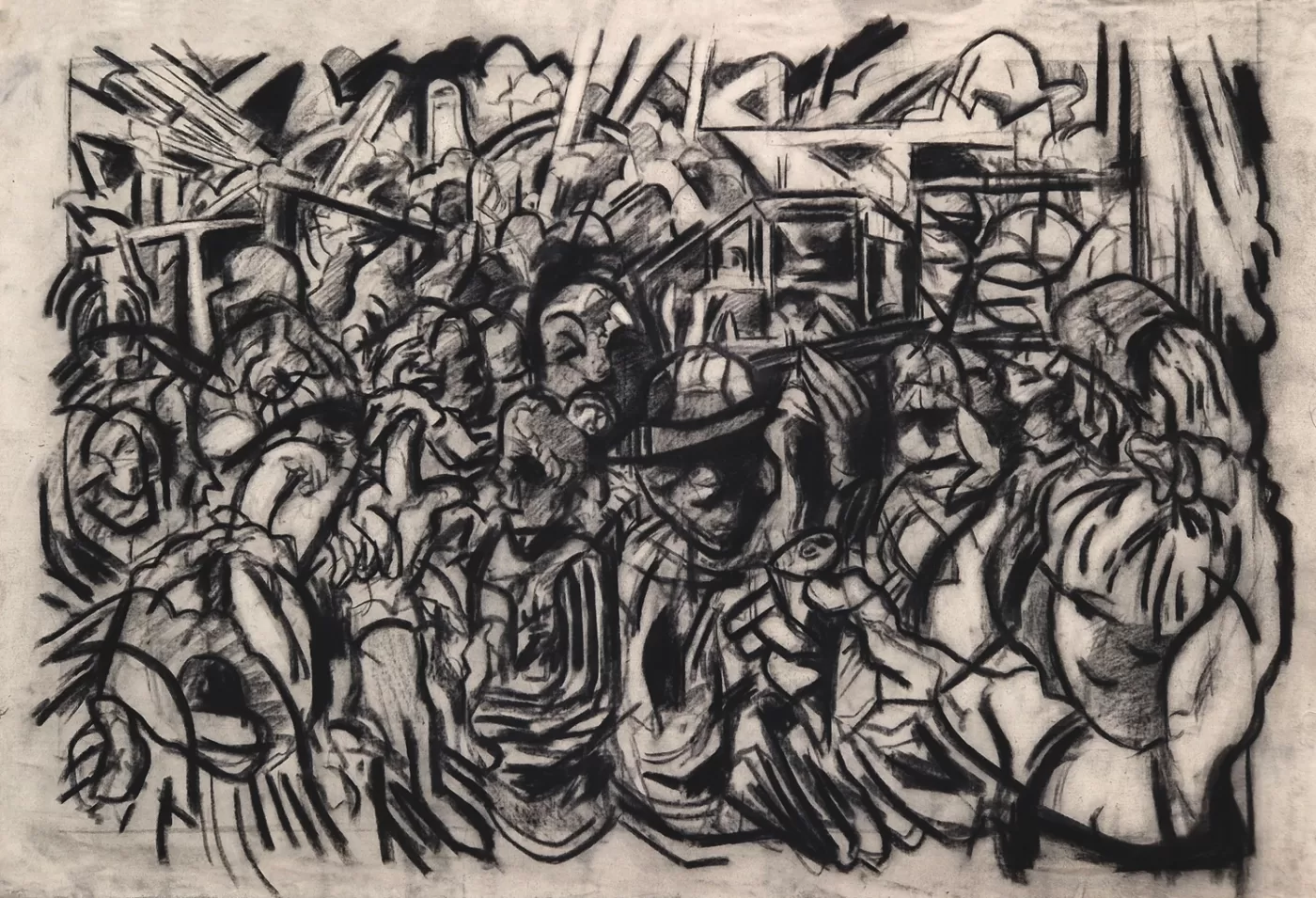New Contemporaries is not for the faint-hearted
7 min read
As OG group show New Contemporaries returns to Camden Art Centre for the first time in 20 years, Will Jennings braces for a sensory assault
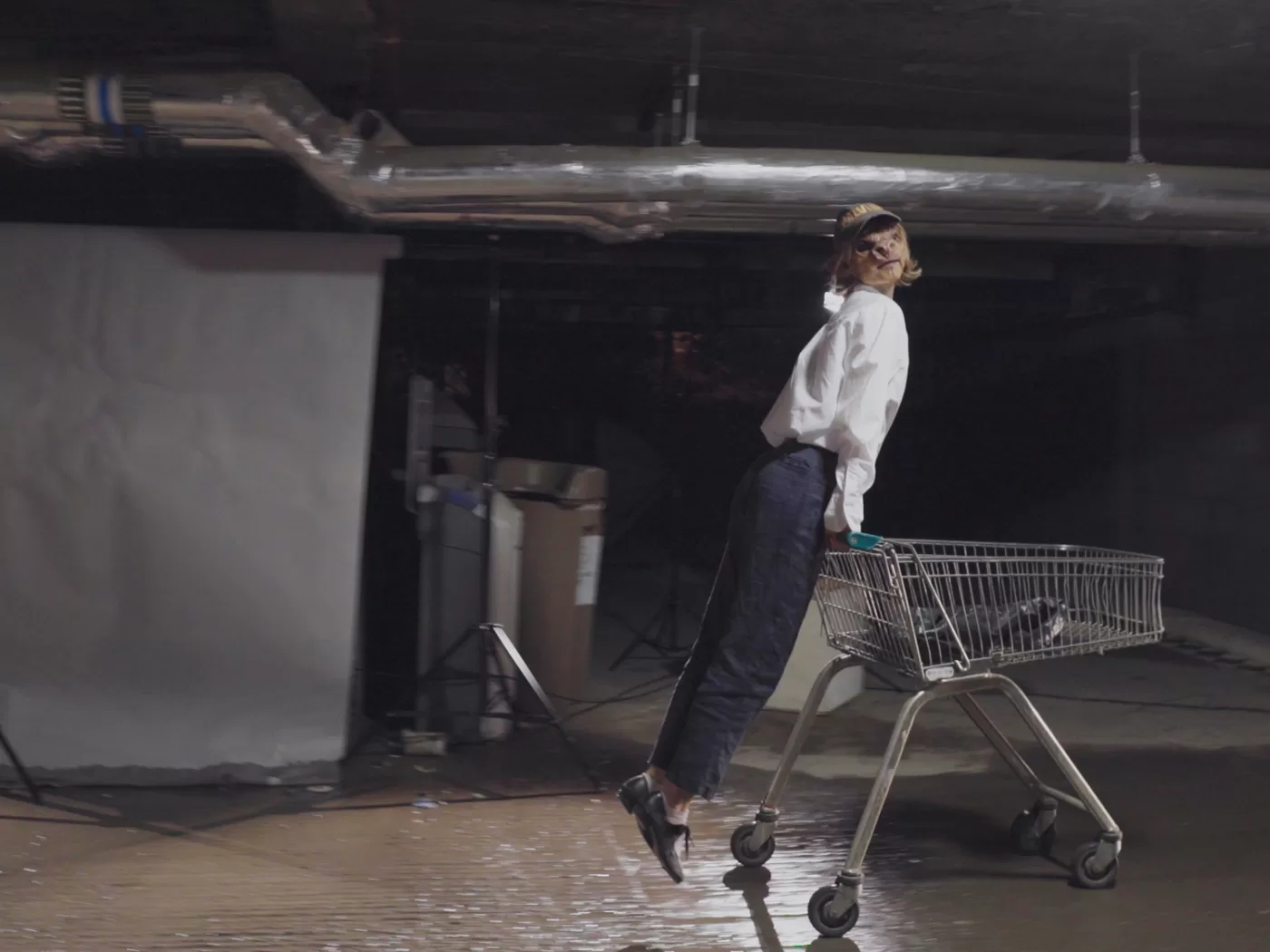
Joe Moss, Horror Flick, 2023, Moving image.
New Contemporaries is not for the faint-hearted. Climbing Camden Art Centre’s staircase is the last moment of calm before an assault upon the senses from a cacophony of creativity. It hits the ears before the eyes: soundtracks to a variety of video works spill from different spaces into the central atrium, hinting at the mass about to be encountered.
The exhibition, which fills four galleries, is a survey celebration of the best emerging and early-career artists from across the UK, as selected by artists Helen Cammock, Sunil Gupta and Heather Phillipson. It is an eclectic journey through a million ideas and aesthetics, though an attempt is made to corral the smorgasbord of ideas through loose themes to help visitors make sense of it all. However, the real fun of such a survey is to abandon such top-down curatorial control and instead surrender oneself to new and unexpected connections drawn across the 55 artists on show.
Much of the aural assault is due to Samuel Thompson-Plant’s attention-grabbing twin-monitor work Tig (2021) at the entrance to Gallery 1 which captures the artist and a friend playing the schoolkid game of tig – which you may know as it or tag – in a park. We experience it through two closely-held cameras focused on their faces, and while the game takes place offscreen, we only see and hear the pure, intimate exaltation of the chase.

Abi Palmer, Abi Palmer invents the Weather (Rain), 2023. Film.
It speaks to the post-Covid release of a generation who spent formative years locked down and on Zoom. Similarly, Daniel Rey’s Collective Cuddles (2023) reminds us of the power of touch and tactility with a filmed performance of five young men entwined on a large cushion, which itself sits in the centre of the gallery with the monitor lying where the performers’ bodies had sensually stroked and caressed one another. It is arousing, but just when the gentle foreplay might be expected to crescendo into something more sexual, the men slowly disentangle and drift away from one another.
This empathy and tenderness speak across many of the works. Sarah Cleary’s four hand-carved pieces of natural chalk are named after the person they are dedicated to, like talismans to protect people the artist knows who have been through personal difficulties. Similarly, Noa Klagsbald’s series of photographs (one of which is the exhibition’s poster image) capture a men’s football team but not trapped in bravado and macho posturing, rather of mutual care, and at one with both each other and nature.

Noa Klagsbald, My Meninas, 2022. Photography.
New Contemporaries is a platform that has been running in various forms since 1949, now popping up annually at various galleries across the UK and returning to Camden for the first time in two decades. Over that time it has helped countless artists emerge into the public light, and many into shining glory. Alumni include Paula Rego, Derek Jarman, Laure Prouvost, Mona Hatoum and David Hockney. One gamified way to navigate the 2023 edition, if you have the patience, is to identify five artists you think will go on to international art fame, and then check your notes in thirty years to assess your predictions.
But that’s not really the point. Of course, not all these will go on to such heights; instead, it’s a litmus test of culture at a moment in time, and a chance to observe what a new generation is extracting from the complicated world around us to transform into cultural messaging. If Rey’s sensual cuddles carried a soft ASMR edge into the contemporary gallery, so we see other sociocultural trends of the last few years elevated through artistic exploration. Social media’s 2021 ‘ShantyTok” Wellerman moment finds its way into Rhys Morgan’s video Seaweed in the Fruit Locker (2023) which explores historic and contemporary queer communities through tweaked and performed sea shanties in a Plymouth pub.
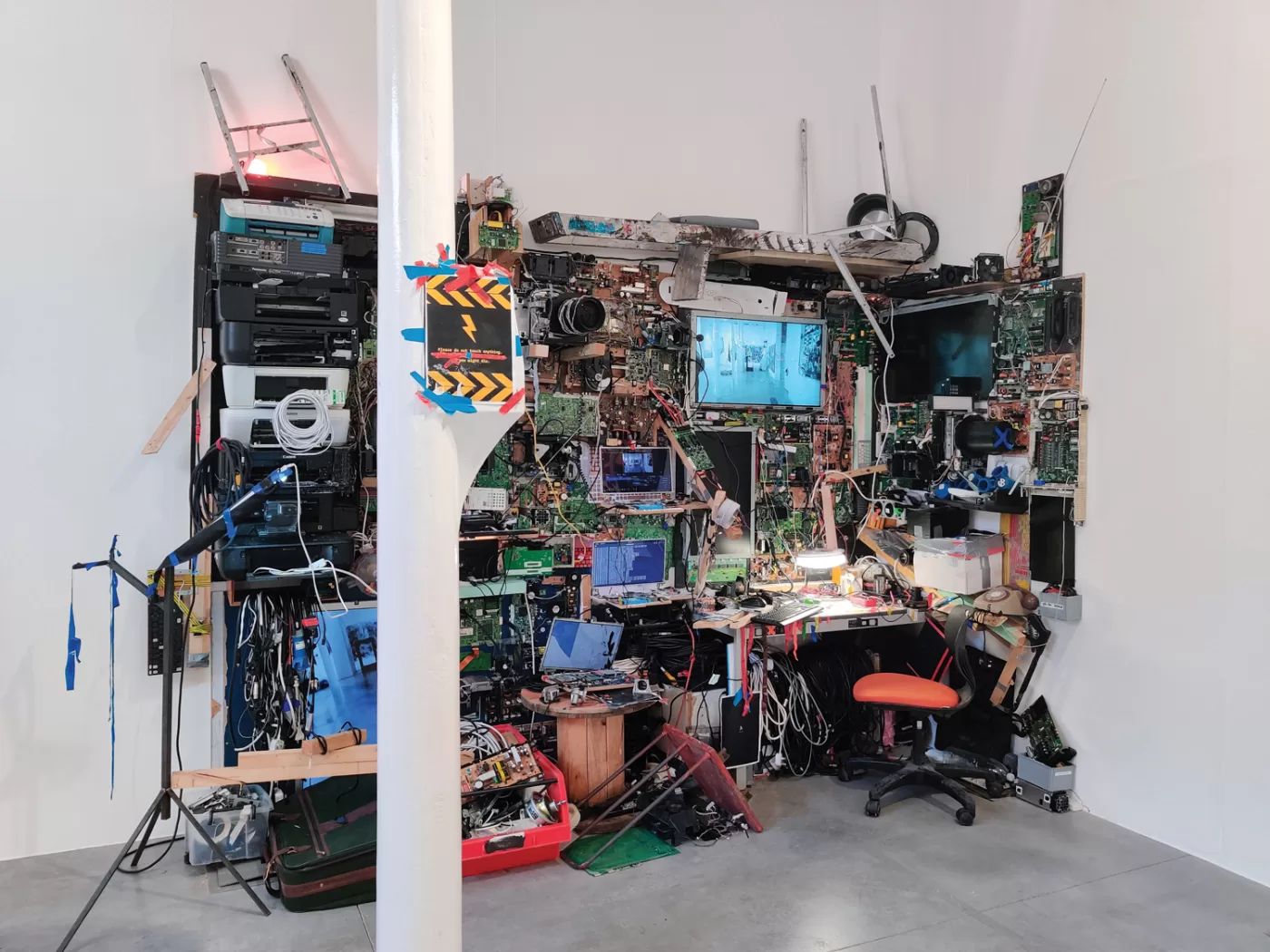
Zayd Menk, 4.3.2‽_-⨅⨼, 2022. Mixed media.
There is also a handmade quality throughout the selection, which in part may speak to the economic precarity of emerging artists, but also to a recognition of material and process. When in pandemic-induced solitary confinement many of us picked up paintbrushes, needles or rolling pins and returned to the handmade, though few reached the quality of finish that Jennifer Jones reaches with Granboys (2021), a tufted textile replicating montaged family photos. More sinister are Iga Koncka’s Dolls Hung By Their Necks (2023), a grid of crafted Polish pagan dolls symbolically sacrificed to ward off actual death.
Then there is a handmade response to a digital, contrived and controlling world this generation seems to be pushing against. Lili Murphy-Johnson’s short but sublime film High Street Jewellery (2023) tracks the buying of generic mass-produced Claire’s Accessories earrings, to then meticulously recreate them through handcrafted jewellery-making processes. Then the artist simply places the new identical-yet-artisan earrings back into the Victoria Station branch of the store for an unsuspecting consumer to purchase unwittingly. Zayd Menk also reacts to modern processes with his cyberpunk-infused bewildering installation of waste digital screens, machines, cables and technology. His dystopian sculpture 4.3.2‽_-⨅⨼ (2022) deals with the digital as Mike Nelson reconfigures the post-industrial.
In the centre of Menk’s installation a screen presents the viewer back to themselves. Courtesy of a live camera secreted within the mass of redundant technology, we see ourselves complicit in what has been created and built in our name. But across all the works in the New Contemporaries 2023 there are countless trajectories and strategies to escape such bygone models of existence, and instead progress with tactility, empathy and awareness.


